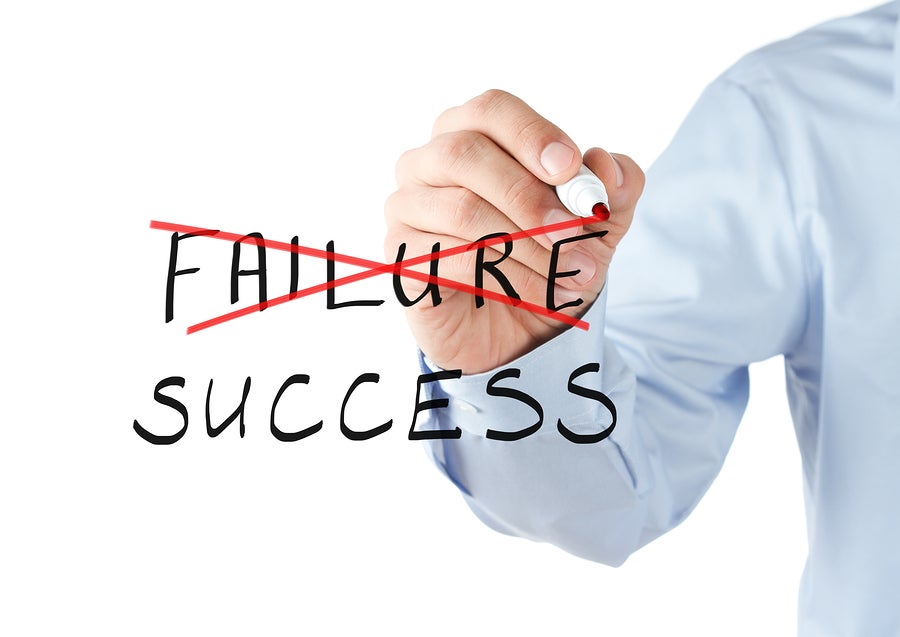KEY TAKEAWAYS
What is a Project Statement of Work?
A statement of work (SOW) is a project management term that refers to a document that outlines all the essential aspects of a project’s work management. It serves as a legally binding agreement between the parties involved and sets the foundation for the project’s execution.
The SOW includes details such as the activities to be performed, deliverables expected, and the time frames within which they should be completed. This document acts as a roadmap for the project, providing clarity and accountability to all stakeholders. Its elements usually include the following:
- Glossary and definitions
- Project description
- Standards and requirements
- Deliverables and tasks
- Acceptance standards
- Schedules and milestones
- Outline of the scope of services
- Signatures of involved parties
You may download a free statement of work template here and a guide on how to fill up the items here.
Types of Statement of Work
There are three main types of SOW documents: functional SOW, performance SOW, and design SOW.
Functional Statement of Work
A functional statement of work provides a detailed description of the features and functionalities that the end product should possess. This type of SOW is particularly useful in software development projects, where specific functionalities and features need to be implemented, and the development team has the flexibility to find the most effective processes and solutions to implement them.
Performance Statement of Work
The performance SOW emphasizes the desired outcomes and measurable results. Rather than explaining how the work is to be done, it focuses on defining performance standards and metrics that will be used to evaluate the success of the project.
This type of SOW is often used in projects where the result is more important than the specific functionalities. For example, PR agencies might also use this type of SOW, as the client would be more concerned about the amount of media coverage than the means by which they maintain their media relationships.
Design Statement of Work
A design statement of work is typically used by agencies when they require a specific product or service and can develop a highly detailed design document. It serves as a comprehensive guide that defines all the necessary materials, production processes, and specifications including size, shape, color, and tolerances. It also often includes requirements for quality, inspection, and packaging.
The design SOW is particularly well-suited for industries such as manufacturing and construction, where precise specifications and adherence to quality standards are crucial. An example of this is the beauty and wellness company, Nuskin, which prides itself for its 6S Process to ensure quality products.
How to Write a Statement of Work Document
Consolidate project details
When creating a statement of work (SoW) document, begin by consolidating the high-level project details. This involves identifying the nature of the work that needs to be done, whether it is a service that has to be performed or a product that must be built. Additionally, it is important to identify the parties involved and determine the relevant information to be included in the SoW. By doing so, you can effectively determine the type of SoW needed and the preliminary information that needs to be in the document.
Align on goals, objectives, and scope
Next, clearly outline the purpose, goals, and objectives of the project. This ensures that all types of stakeholders have a clear understanding of what the project aims to achieve and how it aligns with the overall business objectives.
Then explain the project itself, including its project scope and deliverables. This should be followed by a discussion of the context surrounding the project, such as any external factors or internal processes that may impact its success.
Break down the work
Once you have a good idea of what needs to be done, break down the project into smaller, manageable tasks.
Start by identifying the major deliverables and then further break them down into subtasks. This will help in organizing and assigning responsibilities to the team members. Additionally, include details such as the project resources required. This will provide a clear understanding of the project scope and project timeline.
Read more: Work Breakdown Structure (WBS)
Plan the project
After identifying the tasks that need to be done, you can start creating your project plans and timelines. By establishing a timeline, the project manager can provide stakeholders with a clear understanding of the schedules and deadlines they are anticipating. This allows stakeholders to evaluate if the proposed timeline works for them and if it aligns with their own objectives and priorities. You would also want to create a good project communication plan during this period and determine the best channels to use for exchanging feedback with these stakeholders.
Construct the statement of work document
Once you have gathered all the necessary project information, including the key details, clear goals, work breakdown, and timelines, it is time to consolidate them into a statement of work (SOW) document. You can start from scratch or use a template. Templates provide a structured format that ensures all essential elements are included. However, it is important to customize the template to fit the specific requirements of your project. The SOW should be comprehensive and clearly define what is expected from both parties.
Get a sign-off
Once the SOW is complete, it is crucial to send it to all relevant stakeholders for review and approval. This ensures that everyone involved understands and agrees to the terms and conditions outlined in the document. It also provides an opportunity for any necessary clarifications or revisions to be made before the project begins.
To formalize the agreement, all relevant parties should sign the SOW. This signifies their commitment to fulfilling their respective roles and responsibilities as outlined in the document. Having a signed SOW helps prevent misunderstandings and disputes throughout the project management phases.
Benefits and Uses of SoW in Project Management
- Minimizes risk of misunderstanding and dispute: Proper communication with stakeholders is essential in project management. By clearly defining the scope, objectives, deliverables, and timelines of a project, an SOW ensures that all stakeholders have a common understanding of what needs to be achieved. This helps to minimize confusion and miscommunication, thereby reducing the potential for conflicts and disagreements.
- Mitigates unnecessary spending and effort: By clearly outlining the work involved and the resources required, scope creep can be better managed and additional tasks or requirements without proper justification can be avoided. This can help project managers manage the budget, time, and resources more effectively.
- Aids in project strategy: An SoW provides a framework for identifying key milestones, establishing timelines, and determining the best resource allocation practices. This can help project managers develop realistic project plans that take into account the scope and objectives of the project.
- Provides efficient way to measure performance: An SOW makes it easier to track progress and measure performance because it requires clear success criteria before a project is initiated. This helps project managers to identify any deviations or issues early on, allowing them to take corrective actions promptly.
- Promotes team focus: By aligning the entire team on what is important and the project priorities, team members can prioritize their tasks accordingly, work towards common objectives, and support each other in achieving success
Statement of Work vs Scope of Work
The statement of work (SOW) is a document that provides a narrative description of the project’s purpose. It serves as a guide for both the project team and stakeholders, outlining the project’s objectives, goals, and deliverables. The statement of work is used as input to create the project charter, which is a formal document that authorizes the initiation of the project.
On the other hand, the project scope of work is an output of the scope planning process, outlining the scope of work for the project. The scope statement outlines the project’s boundaries, including what is included and excluded from the project’s scope. It helps to define the project’s boundaries, ensuring that everyone involved understands what is expected to be delivered and what is not. The scope statement also serves as a baseline for managing changes to the project scope throughout its lifecycle.
Details about the scope of work are often also indicated in the Statement of Work document.
Frequently Asked Questions
Bottom Line
The statement of work (SOW) is a crucial document in project management as it serves as a comprehensive guide for the project team and stakeholders. To create an effective SoW, a good grasp of the project requirements and plans is essential. Done right, it promotes effective communication, collaboration, and successful project execution.





